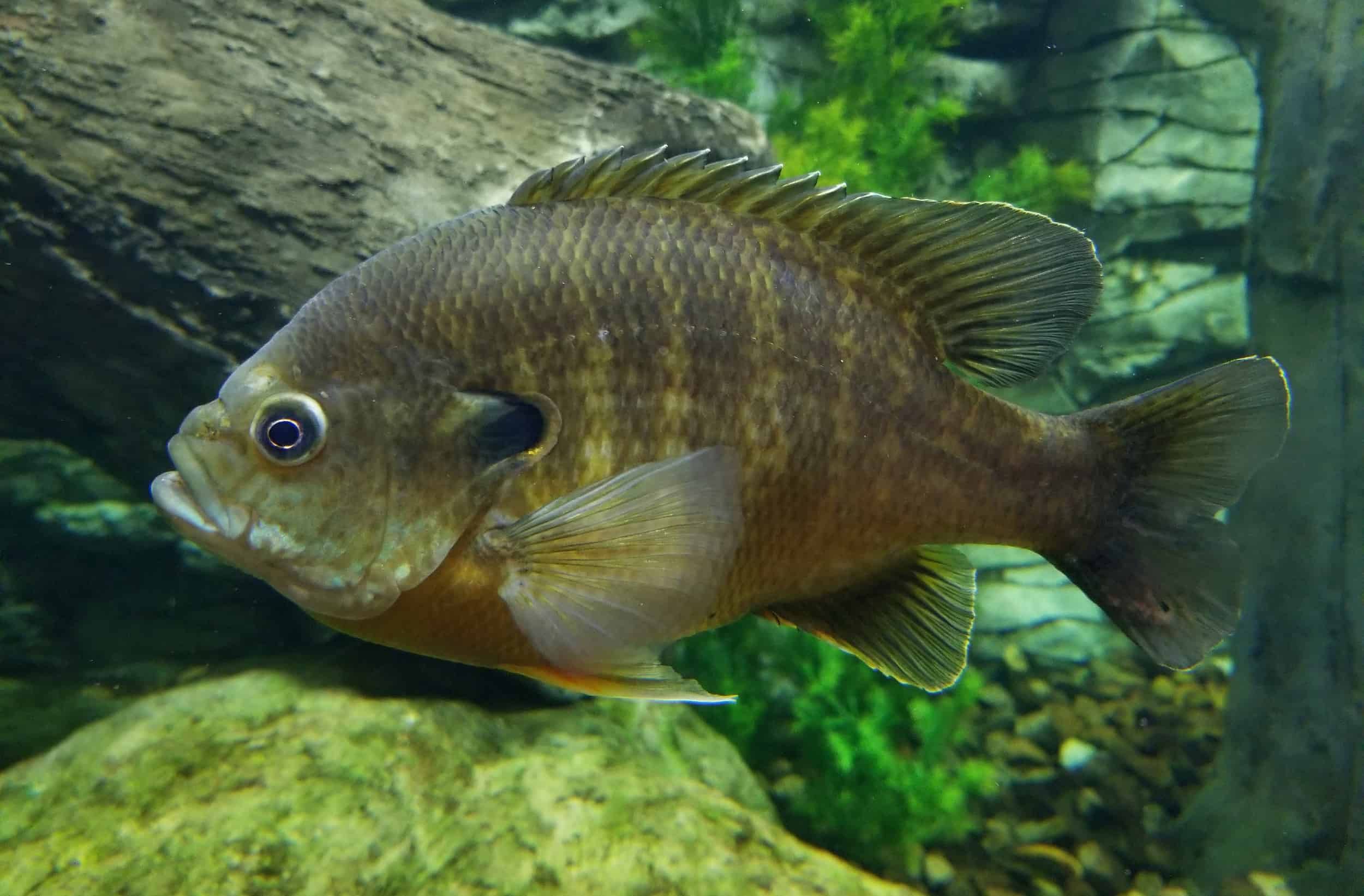Size Range
8-10 inches
Best Lakes
Peak Season
Spring, Summer, Fall, Winter (Ice Fishing)
Best Baits
Live Bait, jigs, red, wax worms

